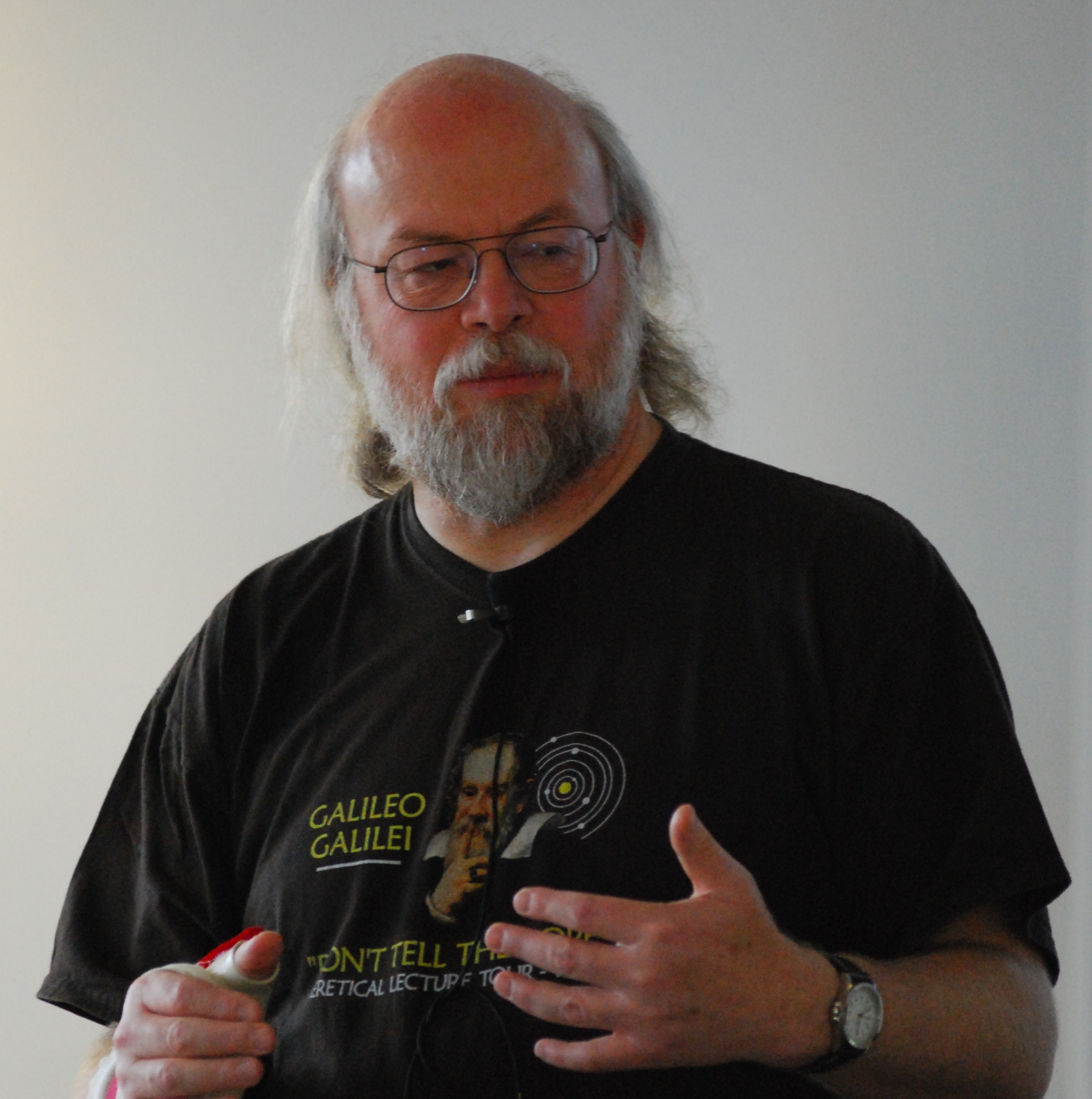
James Gosling, creator of the Java

James Gosling, creator of the Java
James Gosling, Mike Sheridan, and Patrick Naughton initiated the Java language project in June 1991. Java was originally designed for interactive television, but it was too advanced for the digital cable television industry at the time. The language was initially called Oak after an oak tree that stood outside Gosling's office. Later the project went by the name Green and was finally renamed Java, from Java coffee, the coffee from Indonesia.] Gosling designed Java with a C/C++-style syntax that system and application programmers would find familiar.
Sun Microsystems released the first public implementation as Java 1.0 in 1996. It promised Write Once, Run Anywhere (WORA) functionality, providing no-cost run-times on popular platforms. Fairly secure and featuring configurable security, it allowed network- and file-access restrictions. Major web browsers soon incorporated the ability to run Java applets within web pages, and Java quickly became popular. The Java 1.0 compiler was re-written in Java by Arthur van Hoff to comply strictly with the Java 1.0 language specification. With the advent of Java 2 (released initially as J2SE 1.2 in December 1998 – 1999), new versions had multiple configurations built for different types of platforms. J2EE included technologies and APIs for enterprise applications typically run in server environments, while J2ME featured APIs optimized for mobile applications. The desktop version was renamed J2SE. In 2006, for marketing purposes, Sun renamed new J2 versions as Java EE, Java ME, and Java SE, respectively.In 1997, Sun Microsystems approached the ISO/IEC JTC 1 standards body and later the Ecma International to formalize Java, but it soon withdrew from the process. Java remains a de facto standard, controlled through the Java Community Process. At one time, Sun made most of its Java implementations available without charge, despite their proprietary software status. Sun generated revenue from Java through the selling of licenses for specialized products such as the Java Enterprise System.
